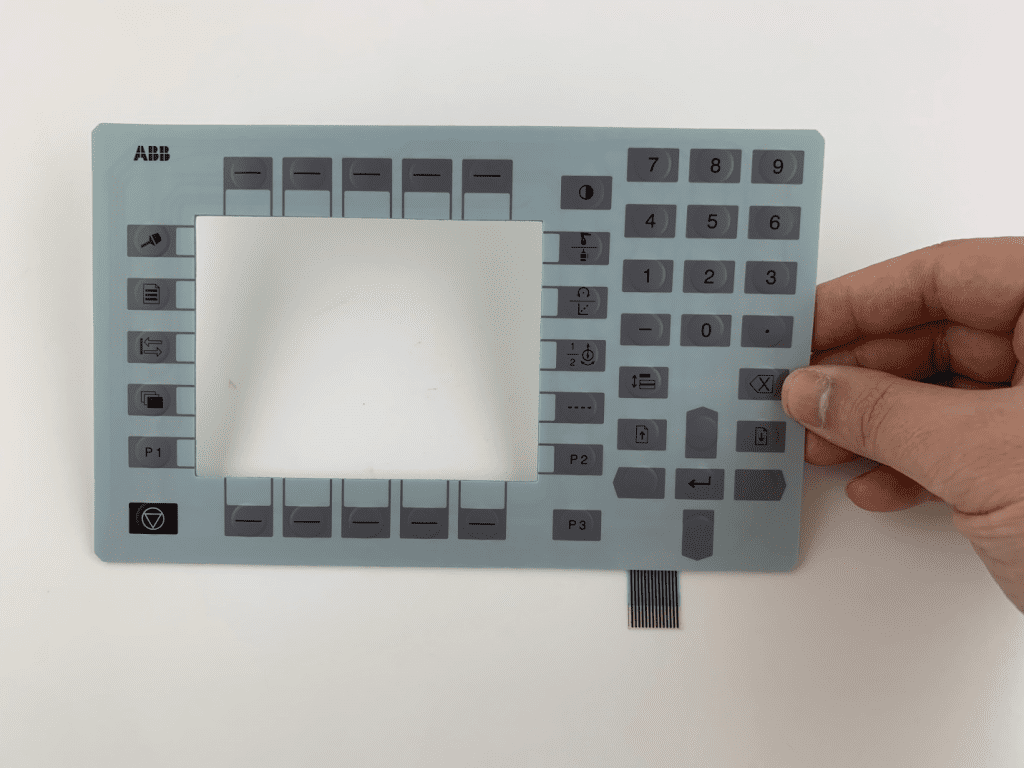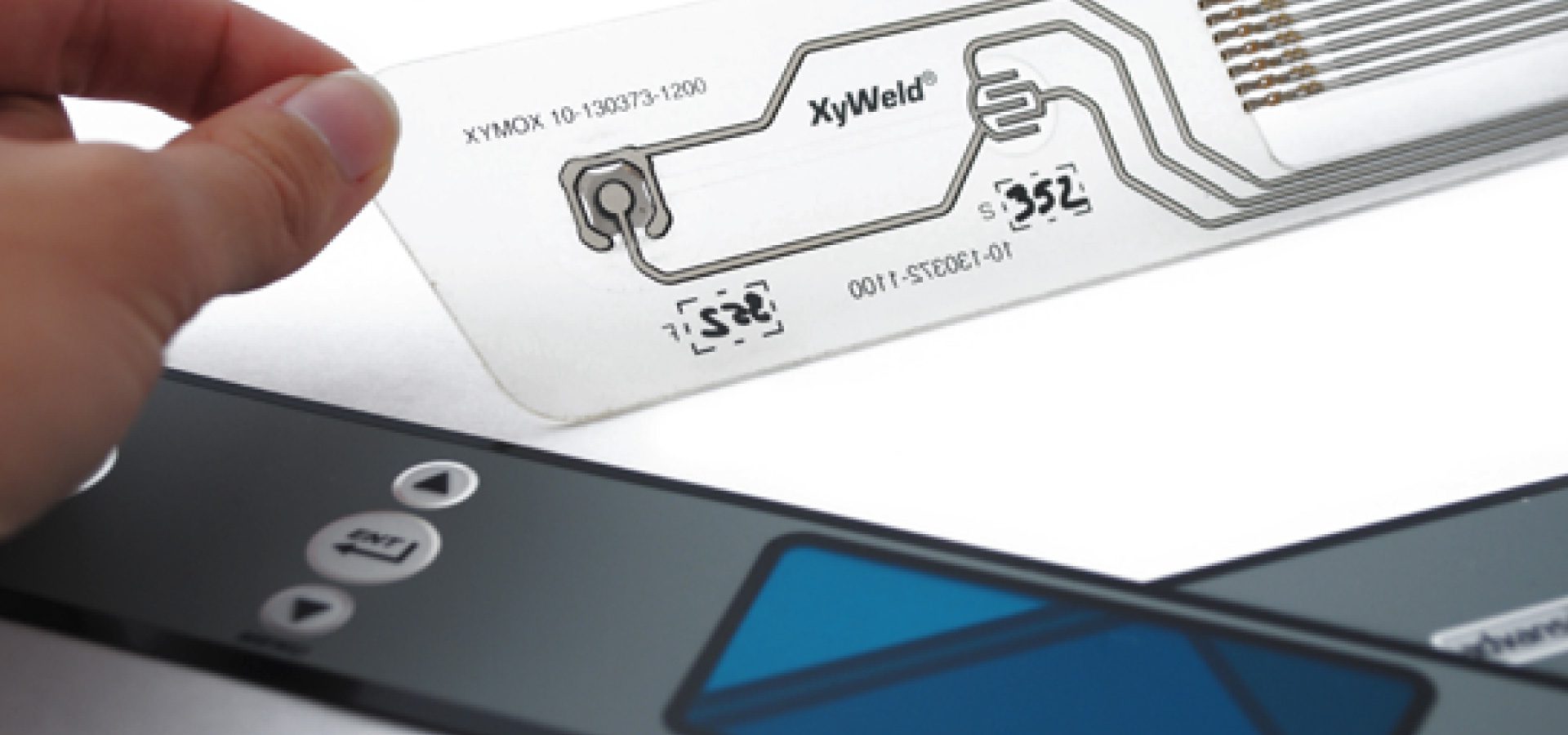Discover Exactly How Membrane Switches Feature and Their Function in Modern Electronics
Membrane Switches stand for an advanced combination of technology and design within the world of contemporary electronics, functioning as important interfaces in countless gadgets. Included numerous layers, these buttons utilize pressure-sensitive devices to promote individual interaction. Their applications cover various sectors, from consumer electronics to medical equipment, highlighting their adaptability and importance. Recognizing the ins and outs of Membrane button performance and their more comprehensive implications in enhancing customer experience invites more exploration right into their design, benefits, and the innovative advancements forming their future in innovation.
What Are Membrane Switches?

Membrane switches are distinguished by their resilience and resistance to environmental variables, such as dirt, wetness, and extreme temperature levels. They can be tailored with different graphics, colors, and responsive comments options, enhancing user experience while keeping aesthetic appeal - membrane switches. In addition, the unification of printed circuits allows for smooth integration right into gadgets, improving general functionality.
The convenience of Membrane switches appears in their ability to support both easy and complex control features. They can include features such as LED indications and touch-sensitive technology, satisfying specific individual needs. As innovation proceeds to evolve, Membrane Switches continue to be necessary for enabling user-friendly and reliable interface, therefore playing a pivotal function in the innovation of modern electronic gadgets.
Parts of Membrane Switches
Membrane buttons are made up of several crucial components that work with each other to develop a reliable and practical user interface. The primary elements include the graphic overlay, sticky layer, spacer layer, and conductive traces.
The graphic overlay offers as the interface, commonly published on an adaptable substratum such as polyester or polycarbonate. This layer not just provides aesthetic appeal but also includes tactile feedback, visual hints, and protective features. Below the graphic overlay lies the glue layer, which safeguards the button to the gadget and makes sure durability versus ecological anxieties.
The spacer layer is vital for preserving the required gap between the visuals overlay and the circuit layer. When stress is used, this space allows for the activation of the button. The conductive traces, normally made from silver or carbon, form the electric paths that complete the circuit when the button is engaged.
Additionally, a support layer might be included for architectural assistance and insulation. These components team up effortlessly, making sure that Membrane buttons are both resistant and easy to use, making them important in various modern-day electronic applications.
How Membrane Switches Job
How do Membrane Switches feature properly within electronic gadgets? Membrane Switches operate the concepts of pressure-sensitive technology, using a split building and construction that consists of visuals overlays, glue layers, and conductive components. When an individual applies stress to the switch, the leading layer flaws, allowing the conductive elements below to make get in touch with and complete an electrical circuit. This action activates the wanted feature within the tool.
The layout of Membrane buttons is critical for their reliable procedure (membrane switches). Bonuses The layers are carefully engineered to offer tactile feedback, resilience, and resistance to environmental variables such as dampness and dirt. The addition of domes-- small, raised locations within the switch-- enhances responsive action, supplying individuals with a noticeable click experience upon activation
In addition, Membrane buttons can be personalized in terms of size, form, and graphics, making them appropriate for various applications. They are often used in control panels, clinical gadgets, and consumer electronics because of their streamlined style and dependability. Generally, the effective performance of Membrane buttons is essential in enhancing customer interaction and ensuring smooth operation in modern-day electronic internet gadgets.

Applications in Modern Tools
Utilizing their distinct layout and functionality, Membrane switches have actually come to be essential parts in a large range of modern-day electronic gadgets. These flexible user interfaces are employed in consumer electronics, commercial tools, medical devices, and vehicle controls, giving smooth user interaction.
In customer electronic devices, Membrane buttons are commonly found in home appliances like microwaves, cleaning equipments, and various other household devices, where they he said enable user-friendly control with a sleek profile. Their low-profile style assists in assimilation right into portable gadgets, improving aesthetic appeal without jeopardizing functionality.
In industrial applications, Membrane Switches act as control panels for equipment, supplying sturdiness and resistance to extreme atmospheres. Their capability to stand up to wetness and pollutants makes them suitable for use in manufacturing and processing industries.
Clinical tools additionally profit from Membrane switches, which are made to be simple to clean and maintain, making certain health in scientific settings. They are frequently used in analysis devices, client monitoring systems, and mobile medical devices, where integrity is vital.
Advantages of Membrane Switches
One of the vital benefits of Membrane buttons is their flexibility, which allows them to be customized for a variety of applications throughout several industries. These buttons can be created in various forms and dimensions, accommodating one-of-a-kind item requirements while giving seamless assimilation into tools. Their thin account allows a compact and smooth layout, often boosting the aesthetic allure of electronic products.
An additional considerable advantage is their toughness - membrane switches. Membrane switches are commonly immune to dust, dampness, and chemicals, making them perfect for rough atmospheres. This resilience prolongs their life-span contrasted to conventional mechanical buttons, lowering the need for regular substitutes
In addition, Membrane Switches offer cost-effectiveness. The production procedure entails printing technologies that reduce manufacturing prices, particularly for large runs. This cost, integrated with low upkeep needs, makes them an eye-catching option for producers.

Conclusion
In conclusion, Membrane Switches represent a significant improvement in user interface modern technology within modern-day electronics. As the need for instinctive and resistant interfaces continues to grow, the role of Membrane switches in forming customer experience will undoubtedly expand.
Membrane Switches represent an advanced combination of technology and design within the realm of modern electronics, serving as necessary user interfaces in numerous gadgets.In the realm of modern-day electronic devices, Membrane Switches serve as important elements that promote customer interaction with tools. As technology proceeds to evolve, Membrane Switches remain essential for enabling user-friendly and reliable user interfaces, therefore playing a crucial function in the improvement of modern electronic tools.
How do Membrane Switches feature efficiently within digital devices? Generally, the effective functioning of Membrane buttons is critical in improving individual interaction and guaranteeing seamless operation in contemporary digital tools.